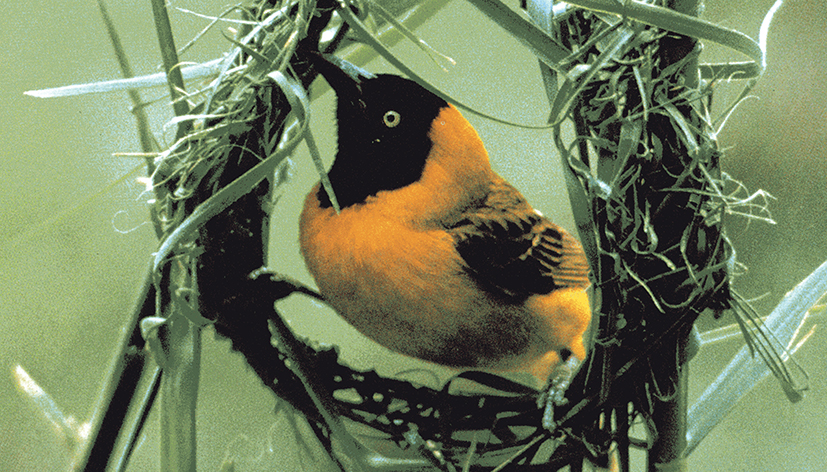Nature’s Paradigms for Designing Architectural Envelopes
DOI:
https://doi.org/10.19229/2464-9309/262017Keywords:
bioclimatic approach, natural architecture, biomimicry, environmental technological designAbstract
Nature has perfected strategies and solutions to optimize how resources - material and immaterial resources, physical resources, and energy resources - are transferred, selected, filtered, and metabolically exchanged. Today, at a time of scarce resources, environmental and economic crisis, climate change and constant emergency, researchers have to exploit this potential wealth of knowledge. And it is important to understand the lines of development for research in the future which this paper summarizes in ten men points, referring to dynamic envelopes with variable properties - both opaque / semi-opaque and transparent/translucent.
Downloads
Article Metrics Graph
References
Baumeister, D. (2014), Biomimicry Resource Handbook – a Seed Bank of Best Practices, Create Space Indipendent Publishing Platform.
Beynus, J. (2002), Biomimicry – Innovation insipred by Nature, Harper Collins, New York.
Bonser, R. (2006), “Patented Biologically-Inspired Technological Innovations – a Twenty Year View”, in Journal of Bionic Engineering, n. 3.
Bruni, R. (2015), Erba Volant – Imparare dalle piante, Codice Edizioni.
Malik, F., Clement, R. M. et alii (2014), “Nature’s Moisture Harvesters: a comparative review”, in Bioinspiration & Biomimetics, n. 9.
Fratzl, P. (2007), “Biomimetic Materials Research – what can we really learn from Nature’s structural materials?”, in Journal of the Royal Society Interface, n. 4.
Grätzel, M. (2003), “Dye-Sensitized Solar Cells”, in Photochemistry Reviews, n. 4.
Herozg, T. (2005), Architecture+Technology, Prestel Verlag, Munich, London, NewYork.
Hug, H. and Bader, M. (2014), “Biophotovoltaics –Natural Pigments in Dye-Sensitized Solar Cells”, in Applied Energy, n. 115, pp. 216-225.
Lakhtakia, A. and Martin-Palma, R. (2013), Engineered Biomimicry, Elsevier, Amsterdam.
Milwich, M., Speck, T. et alii (2006), “Biomimetics and Technical Textiles: solving engineering problems with the help of Nature’s Wisdom”, in American Journal of Botany, n. 93, pp.1455-1465.
Koch, K. and Barthlott, W. (2009), “Superhydrophobic and Superhydrophilic Plant Surfaces – an inspiration for Biomimetic Materials”, in Philosophical Transactions of the Royal Society of London A – Mathematical Physical and Engineering Sciences, n. 367, pp. 1487-1509.
Nachtigall, W. and Blüchel, K. G. (2000), Das grosse Buch der Bionik – Neue Technologien nach dem Vorbild der Natur, Deutsche Verlags-Ansalt, Stuttgart-München.
Nachtigall, W. and Wisser, A. (2015), Bionics by Examples, Springer Verlag, New York.
Omedes, A. and Piqué, J. (2004), Els altres arquitectes | Los otros arquitectos | The other architects, Editorial Gustavo Gili, SA, Barcellona.
Pallasmaa, J. (1996), The eyes of the skin, Academy Editions, Londra.
Pallasmaa, J. (1995), Animal Architecture, Museum of Finnish Architecture.
Tucci, F. (2014), “Fotovoltaico organico – La terza generazione punta dell’innovazione tecnologica – integrazione e rinnovabilità del solare in architettura”, in Modulo, vol. 392, pp. 513-518.
Tucci, F. (2012), Atlante dei sistemi tecnologici per l’architettura bioclimatica – Ventilazione naturale negli edifici | Atlas of technological systems for bioclimatic architecture – Natural Building Ventilation, Alinea Editrice, Firenze.
Tucci, F. (2008), Tecnologia e Natura – Gli insegnamenti del mondo naturale per il progetto dell’architettura bioclimatica, Alinea Editrice, Firenze.

Downloads
Published
How to Cite
Issue
Section
License
This Journal is published under Creative Commons Attribution Licence 4.0 (CC-BY).
License scheme | Legal code
This License allows anyone to:
Share: copy and redistribute the material in any medium or format.
Adapt: remix, transform, and build upon the material for any purpose, even commercially.
Under the following terms
Attribution: Users must give appropriate credit, provide a link to the license, and indicate if changes were made; users may do so in any reasonable manner, but not in any way that suggests the licensor endorses them or their use.
No additional restrictions: Users may not apply legal terms or technological measures that legally restrict others from doing anything the license permits.
Notices
Users do not have to comply with the license for elements of the material in the public domain or where your use is permitted by an applicable exception or limitation.
No warranties are given. The license may not give users all of the permissions necessary for their intended use. For example, other rights such as publicity, privacy, or moral rights may limit how you use the material.


















































































